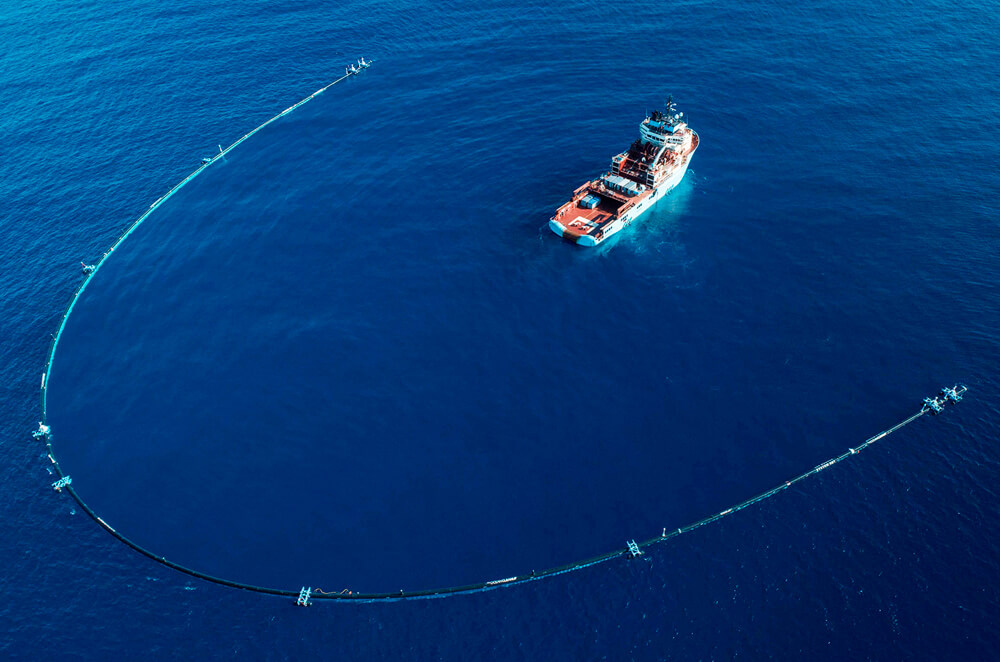
Plastic Free Oceans: An (almost) Attainable Goal
Fecha: 17/10/2022
According to UNESCO, a bottle of plastic left at the beach or in the ocean takes between 400 and 450 years to break down. And although there are always new initiatives and organizations working to rid the world’s waters of plastic pollution, the reality is they are racing against time and facing challenges as complicated as those posed by climate change.
The reason is simple: with time, the floating plastics polluting our oceans will start to break down into smaller and smaller pieces. These microplastics are harder to clean up and easier to mistake for food by sea life. If we don’t act now, these plastics will have a huge impact on our ecosystems, health, and economies.
The question becomes the answer
“Why can’t we just clean this up?” This is the question that launched The Ocean Cleanup, a non-profit foundation dedicated to developing and scaling technologies to rid the oceans of plastic. Its founder, Boyan Slat, asked himself this question over a decade ago after scuba diving in Greece, where he saw more plastic bags than fish.
He was 16 years old. His obsession with water pollution led him to investigate the issue and, not much later, to give a TedX talk that went viral and created the momentum he needed to launch The Ocean Cleanup.
In July 2022 the organization reached an exciting milestone: they removed more than 100,000 kg of plastic from the Great Pacific Garbage Patch (GPGP). Their most recent system, called Jenny, began operating in August 2021 and in less than a year it collected 101,353 kg of plastic from the GPGP.
“Turning off the tap”
One of the most interesting aspects of the organization’s work is that they have both a reactive and proactive approach. “With our research we’ve found that rivers are the arteries that carry the plastic from land to sea,” explains Slat, who is now 28 years old: “We found that just 1% of rivers are responsible for almost 80% of all the plastic going into the ocean.”
Which is why his organization also focuses on intercepting plastics in these rivers before they reach the already huge ocean plastic patches. It’s what they call “turning off the tap.” They do this with their “interceptor solutions”, which have been developed over the last several years and adapted to the singularities of the different rivers where they operate.
Where does the recovered plastic end up?
The more than 100 tons of ocean plastic that The Ocean Cleanup has collected so far have been classified and taken to shore to be recycled. But they’ve also helped fund their cleanup operations.
The organization developed a pair of sunglasses made from the plastic they removed from the Great Pacific Garbage Patch during 2019. The sale of these sunglasses raised funds for 500,000 football fields’ worth of ocean cleaning. In the future, though, the initiative will partner with other brands interested in using ocean plastic to create their own products.
The best and most proactive solution would be to eliminate single-use plastics from our lives, but while the world adapts to this increasingly urgent need, initiatives like The Ocean Cleanup help keep one of our most pressing environmental problems at bay.
